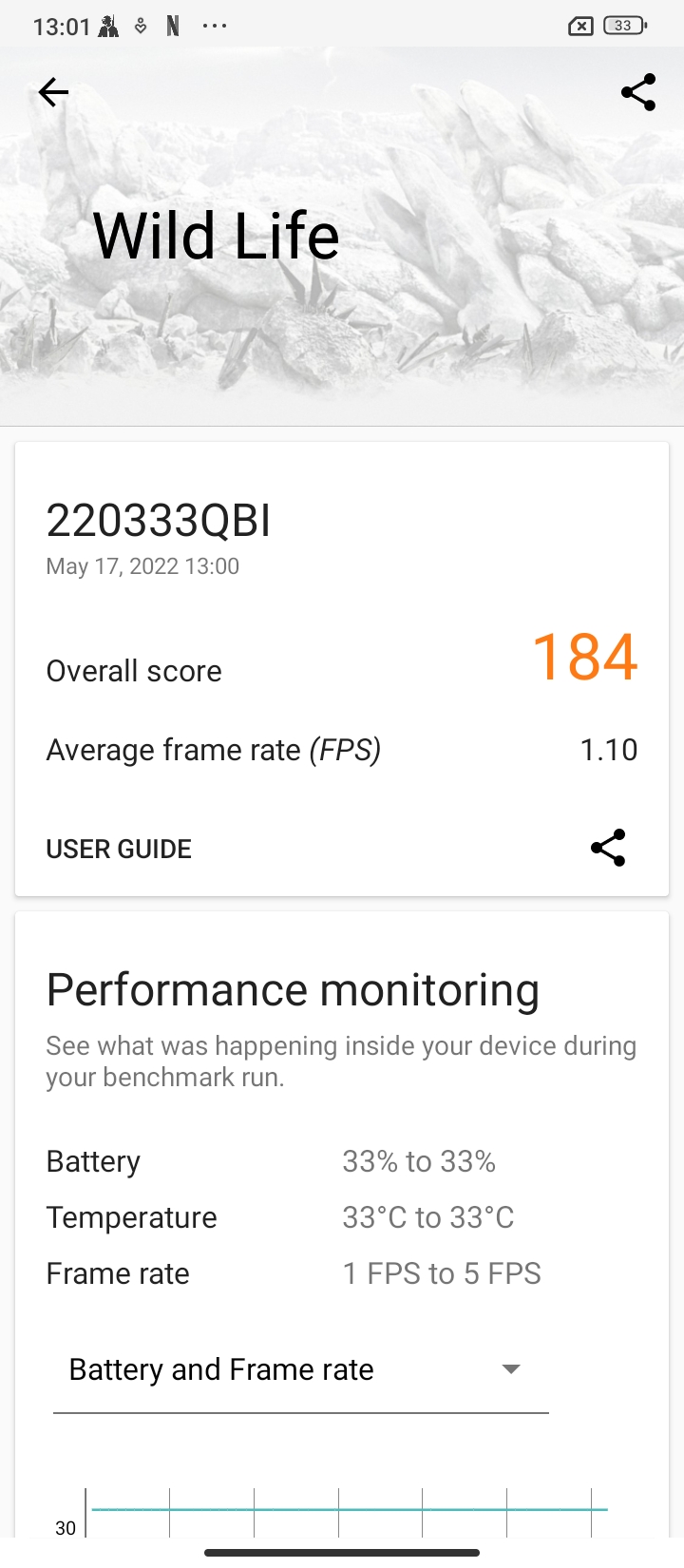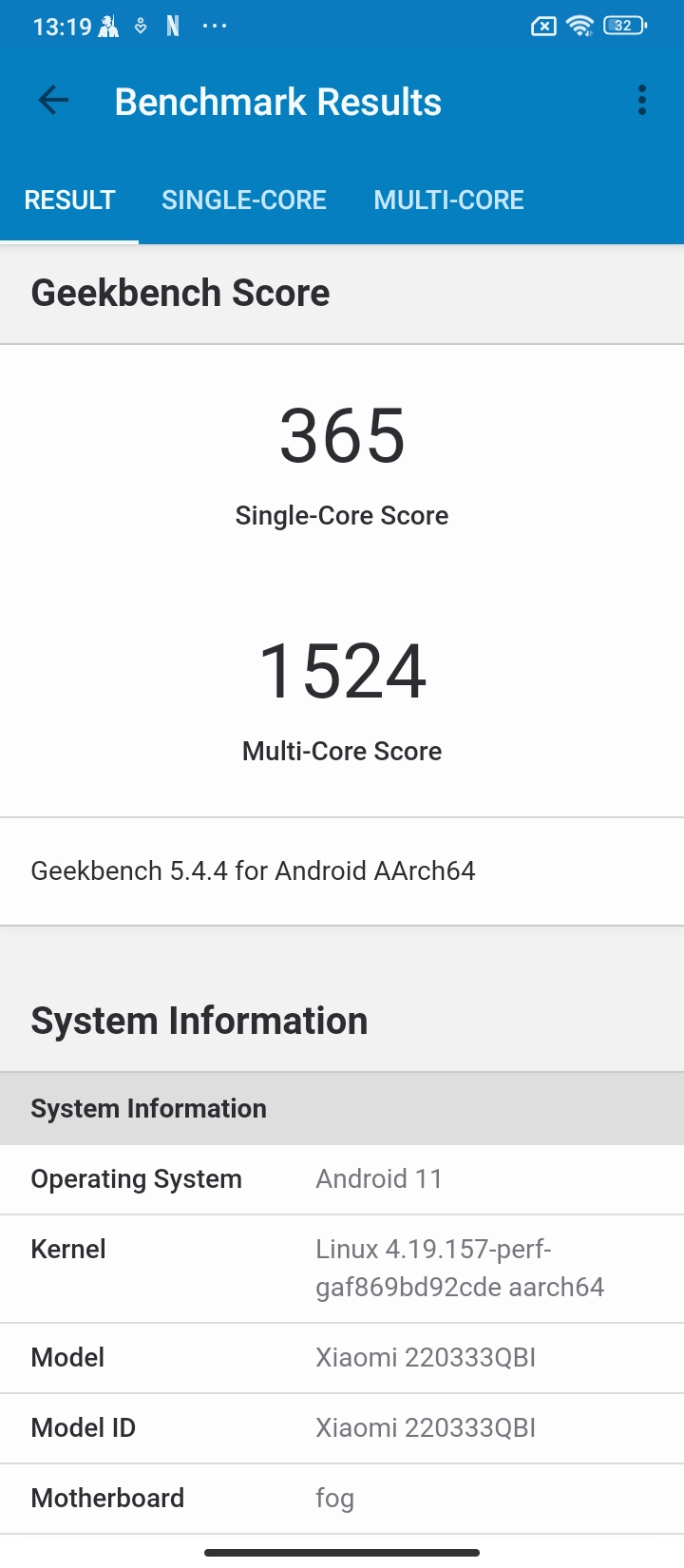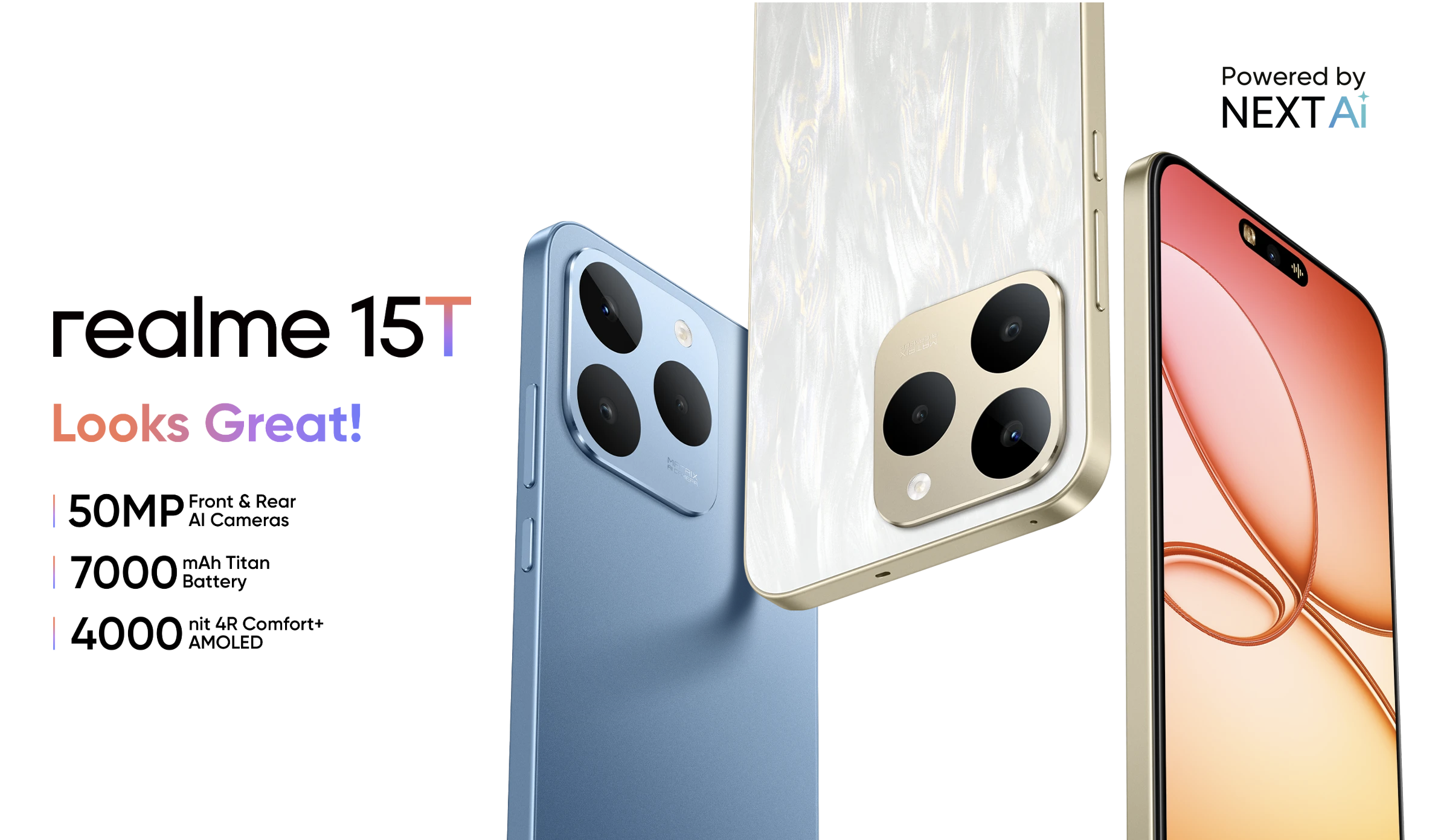Pros
- Good performance
- Excellent battery life
- Satisfactory camera performance
- Good value for money
Cons
- Provided 10W charger takes a long time to charger
- Can’t play a few games including Score! Hero and DLS2022
- No ultrawide camera
Xiaomi launched a new budget phone named Redmi 10 in Nepal in May 2022. The phone is the successor to the popular Redmi 9, launched in 2022.

The Redmi 10 price in Nepal is Rs. 18,999 for the 4/64GB variant and Rs. 21,999 for the 6/128GB variant. It is available for purchase at Xiaomi-authorised stores across Nepal.
Keep in mind that the Redmi 10 launched here is the Indian variant. It’s not the same as the global variant of the Redmi 10. If that’s not confusing enough, the Indian Redmi 10 is identical to the Redmi 10C in the global market except for the battery capacity.
The global Redmi 10, on the other hand, is called the Redmi 10 Prime 2022 in Nepal. The way Xiaomi names its same products in different regions is really confusing.
Anyway, the Redmi 10 is the cheapest phone to come with the Snapdragon 680 4G chipset. It’s the same chipset that powers a number of budget to midrange phones in 2022.
But how good the overall phone is? In this review of Redmi 10, I will share my experience with the device.
Redmi 10 Specifications
- Body: 169.59 x 76.56 x 9.13 mm, 203 g, Dual SIM (Nano-SIM, dual stand-by)
- Display: 6.7 inches HD+ IPS LCD, 720 x 1650 pixels, 400 nits (typ), 60Hz, 20.6:9 aspect ratio, ~81.7% screen-to-body ratio, ~269 ppi density, Corning Gorilla Glass 3
- Chipset: Qualcomm Snapdragon 680 4G (6 nm)
- CPU: Octa-core (4×2.4 GHz Kryo 265 Gold & 4×1.9 GHz Kryo 265 Silver)
- GPU: Adreno 610
- Memory: 64GB 4GB RAM, 128GB 6GB RAM, LPDDR4X, UFS 2.2, supports microSD card
- OS: Android 11, MIUI 13
- Rear Camera: 50 MP, f/1.8, 26mm (wide), PDAF
- 2 MP, f/2.4, (depth)
- Video: 1080p@30fps
- Front Camera: 5 MP, f/2.0
- Video: 1080p@30fps
- Battery: Non-removable Li-Po 6000 mAh battery, 18W fast charging support
- USB: USB Type-C 2.0, USB On-The-Go
- Misc: Fingerprint (rear-mounted), accelerometer, proximity, 3.5mm Headphone jack
- Colors: Midnight Black, Pacific Blue, Caribbean Green
Redmi 10 Price in Nepal: Rs. 18,999 (4/64GB) | Rs. 21,999 (6/128GB)
Redmi 10 Review
Design
- 169.59 x 76.56 x 9.13 mm
- 203 g
- Dual SIM (Nano-SIM, dual stand-by)
- Plastic frame and back

The phone has some weight to it. It is also relatively tall and bulky, owing to the large 6000mAh battery. As expected, the phone has a plastic build. The top and bottom are flat, while the sides are curved.
The textured back has a huge black square box in the top left corner. The box houses the rear cameras, a flash, the Redmi branding, and the fingerprint sensor. The fingerprint sensor worked with no problems throughout my use. It’s reliable, easy to reach, and very fast.
The power and volume buttons on the right side are also tactile. A 3.5 headphone jack is located on the top side, while a USB-C port, a speaker, and a mic are on the bottom. Likewise, the left has a dual SIM card slot with a dedicated microSD card slot.
ALSO READ: Vivo V23 5G Review: Great Phone but Overpriced
Display
- 6.7-inch IPS LCD
- HD+ Display (720 x 1650)
- Corning Gorilla Glass 3

The Redmi 10 has a large 6.7-inch IPS LCD display with an HD+ resolution. It does not support a high refresh rate and has a waterdrop-designed notch, which are both common for phones in this price range.
Talking about the quality of the display, it is average for the price. The colours aren’t particularly vibrant, but they’ll suffice for everyday use and casual movie nights.
The phone also has Widevine L1 support, which allows it to stream HD content from Netflix and Amazon Prime Video. The panel has a decent brightness as well.
Performance
- Qualcomm Snapdragon 680 4G (6nm)
- Octa-core (4×2.4 GHz Kryo 265 Gold & 4×1.9 GHz Kryo 265 Silver)
- Adreno 610
- 4GB RAM 64GB storage, 6GB RAM 128GB storage

As mentioned earlier, the Redmi 10 is the cheapest phone to come with a Qualcomm Snapdragon 680 4G processor. It is the same SoC that powers phones like Redmi Note 11, Realme 9, Samsung Galaxy A23, and Oppo A76, among others.
From our previous reviews, we know that the Snapdragon 680 is not a powerful chipset, but rather a disappointing one to come in 2022. The reason for that is the use of old and slow CPU and GPU cores.
But at this price, we can’t complain much. This is, in fact, an appropriate price for this processor. The processor has four “big” Kryo 265 Gold cores (up to 2.4GHz) based on the Arm Cortex-A73 and four “LITTLE” Kryo 265 Silver cores (up to 1.9GHz) based on the Arm Cortex-A53.
The Cortex-A73 was announced in 2016, while the Cortex-A53 was launched in 2013. One advantage is that the chipset is built on an efficient 6nm (TSMC) process node.
The phone comes in two variants, one with 4GB RAM and 64GB storage and the other with 6GB RAM and 128GB storage. I am using the 4GB RAM variant.
Using the phone for my normal tasks, the phone performed admirably considering the price. I did not face any major lags. The UI is responsive and fast, unlike the Samsung Galaxy A23.
Testing the CPU on Geekbench 5, it received around 370 single-score scores and over 1500 multi-core scores. Likewise, on the 3DMark Wild Life test, which tests the graphics performance, it scored 436. The scores are good for the price.
I began by testing the device’s gaming performance using PUBG Mobile. When Graphics is set to Smooth, the Frame Rate can be set to High. The Frame Rate drops to Medium when Graphics is set to Medium.

I played in Smooth Graphics and High Frame Rate. The gameplay was far from the best, but it was playable. There were a few stutters here and there, but the phone maintained a steady 30 frames per second.
I also tried to play Score! Hero. The phone just could not load the game at all. It completely froze and refused to respond, and auto restarted after a few minutes. I experienced the same while trying to play Dream League Soccer 2022.
I don’t think that the phone’s chipset is preventing the Redmi 10 from playing these games because the game performed properly on the Samsung Galaxy A23, which has the same chipset. It’s most likely a software issue.
ALSO READ: Realme Narzo 50 Review: What’s with the Portraits?
Camera
- Rear Camera: 50 MP, f/1.8, 26mm (wide), PDAF
- 2 MP, f/2.4, (depth)
- Video: 1080p@30fps
- Front Camera: 5 MP, f/2.0

The rear may appear to have a triple-camera configuration at first glance, but one of them is purely decorative. There are just two cameras consisting of a 50MP main camera and a 2MP depth sensor. Sadly, there is no ultrawide camera.
NORMAL PHOTOS
The main camera takes good photos in daylight with enough light. It struggles a bit in exposing the shadows well but, for a budget phone, the overall detail and sharpness are acceptable. The colours are not that vibrant but look natural.
PORTRAIT PHOTOS
The portrait mode blurs the background, keeping the person in focus. The blur appears natural, which is good.
Like every other phone, it also finds it difficult to separate complex edges such as hair from the background, but I am happy with the overall result.
Sometimes, it does not properly expose the photo in portrait mode and produces a dark image, but taking another shot solves the problem. It can be annoying at times though.
As for the colours, I did not find much difference between the portrait and normal photos.
NIGHT PHOTOS
If there is a light source, the phone takes a decent photo in low-light conditions. Using Night mode does not make any significant difference, but the noise is reduced and the detail is improved slightly.
FRONT CAMERA
In good lighting conditions, the selfies come out well with good detail. It finds it hard to maintain highlights but exposes the subject properly. The beauty mode makes the photo a bit unnatural, but you can always turn that off.
VIDEO
It can shoot up to 1080p video at 30fps. The video quality is decent for the price. I have seen much worse from other budget phones. The footage is shaky, but there is a fair amount of detail.
Battery and OS
- 6000mAh battery
- Fast charging 18W
- USB Type-C
- Android 11
- MIUI 13

The Redmi 10 has a massive 6000mAh battery. For a typical user, it easily lasts two days, if not more, on a single charge.
Charging the battery, on the other hand, is not that impressive. Although it supports 18W fast charging, Xiaomi neglects to include an 18W charger in the box.
The box contains only a 10W charger, which takes forever to charge. The provided 10W charger takes over two hours and 30 minutes to fully charge from 0%. You can buy the 18W charger separately from Xiaomi, which costs Rs. 1,000.
The phone runs on MIUI 13 skin on top of Android 11. Although there are few third-party apps that come pre-installed, the number of bloatware is relatively minimal.
When booting the device for the first time, you can choose whether or not to have an app drawer. The app icons look the same as before, with their square shape. The gestures also worked smoothly.
One weird issue I found was that the fingerprint sensor was not working while the phone was on charge. The problem, however, is no longer existent.
Should You Buy Redmi 10?
The Redmi 10 is a budget phone and has no single standout feature. But overall, it is a great budget phone. The performance of the device is also good for normal activities. It failed to load some games, so it’s not the best phone to buy for gaming, but then again, it did play PUBG Mobile rather well for a budget phone.
The camera performance is also satisfactory. It would have been better if the phone had included an ultrawide camera as well. The display is also decent. It’s disappointing that the phone does not come with a fast charger in the box even though the phone supports 18W fast charging.
Looking at all these points, I believe that the base variant Redmi 10 with 4GB RAM is a great option if you’re looking for a phone under Rs. 20,000 in Nepal.
But keep in mind that the phone failed to run “Score! Hero” and “DLS2022” games. So, if that’s very important to you, skip the Redmi 10 altogether.
If you can add slightly more, you can get the Samsung Galaxy F22, which has a 90Hz AMOLED display and good camera performance.
There is also the Redmi 10 Prime 2022 (4GB variant), which has a 90Hz FHD+ display and a better-looking punch-hole display cutout. You also get a fast charger with the phone.
If you’re eyeing the 6GB variant, then I suggest you add Rs. 1,000 extra and go for the Narzo 50 instead. It currently provides the best performance in its price bracket. In addition, it has a 120Hz display and 33W fast charging support.
ALSO READ: Xiaomi Mobiles Price in Nepal: Features and Specs
So this is my Redmi 10 review. What do you think of the Redmi 10? Let us know in the comments!
Also, watch our review video of the Redmi 10 in Nepali.
-
TVS iQube 3.0 Variant Now in Nepal with 100 km Range and 5-Year WarrantyHIGHLIGHTS TVS iQube price in Nepal starts at Rs. 3 Lakhs to Rs. 3.60 Lakhs.…
-
Realme 15T Launched in Nepal with 7000mAh BatteryHIGHLIGHTS The Realme 15T price in Nepal is start at Rs. 39,999 (8/256GB). It has…
-
Samsung Galaxy Tab S11 Launched in Nepal: But Can It Beat the iPad?HIGHLIGHTS Samsung Galaxy Tab S11 price in Nepal is Rs. 1,29,999 (12/256GB – Wi-Fi). It…















